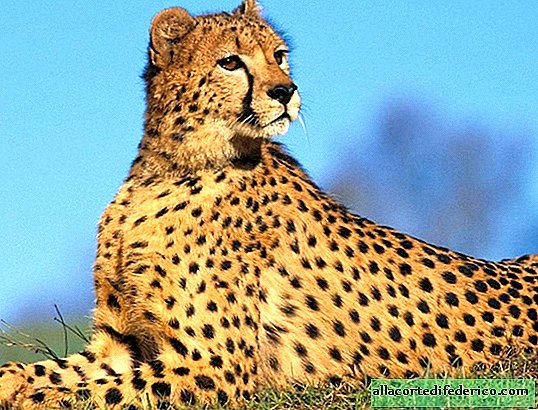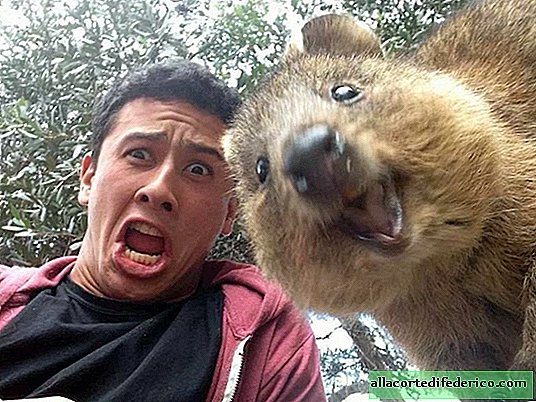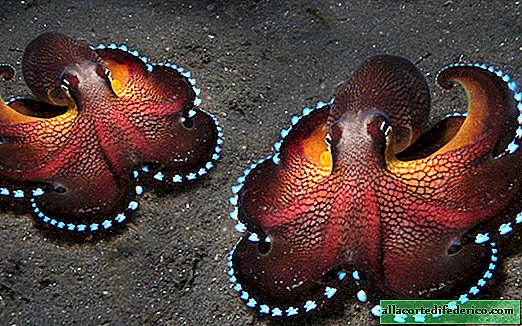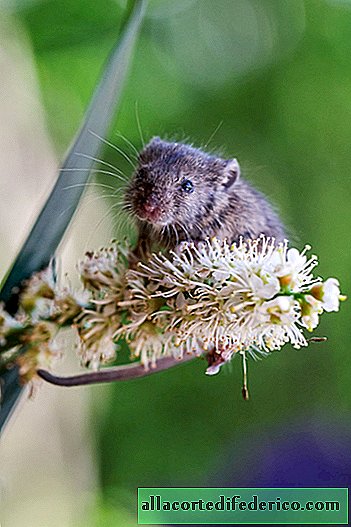Cheetahs: why the most successful hunters in the world give their prey to lazy neighbors without a fight
Cheetahs are the fastest predators not only in the cat family, but also among the entire animal world of sushi. They are smart and graceful, and their hunter talent is so perfect that the victim has almost no chance: 9 out of 10 attacks end in a cheetah victory. Despite this superiority, they have a weakness that competitors use. So let's get to know this beautiful animal better.

Cheetahs are the fastest land predators on the planet. In just a few seconds, they can reach speeds of up to 120 km / h and pursue their production at this pace over a fairly large distance, up to 400 meters. It is as if they were created for running and speed: very developed muscles, a small head, retractable claws for better traction, a thin physique and not a drop of subcutaneous fat, which some other types of feline can afford. In addition to incredible speed, cheetahs have tremendous maneuverability, which is associated with structural features of the body. It turns out that cheetahs, like all cats, have no collarbones, which influenced the development of supernormal abilities in running. In addition, they have a rather heavy and long tail, with which they can maneuver while running and do not lose speed when cornering.

But such an amazing speed and hunting talent were not in vain for the cheetah: you have to pay for everything. The fact is that the cheetah has a special heart. During a fast chase, it does not cope with the increased load and body temperature rises from 37ºС to 41ºС. The result is a state of increased fatigue, which is used by cunning competitors. After the prey is caught, the cheetah needs to rest, it is not able to defend the prey. The result is that the cheetah feeds not only itself, but also lions, hyenas, as well as some other lazy neighbors who are not averse to eating someone else's dinner. Cheetahs are incredibly successful hunters that no feline can match. Lions and tigers, cougars and leopards - they all have a much lower percentage of successful hunting outcomes.

It is noteworthy that the cheetah cubs have an unusual fluffy white coat on their backs. Researchers believe that this is a kind of disguise. After all, cheetahs do not arrange a den and do not hide in shelters, they live in open spaces. Therefore, young animals are protected from ravenous birds and bloodthirsty neighbors only by tall grass or a sprawling bush. And in this outfit with a white fluffy stripe on the back, they are less noticeable to birds of prey.

Another feature of cheetahs is that their stunning hunting successes are not innate abilities at all. The structure of the body - yes, but the talent of the hunter is instilled by his mother through long-term training. Cheetahs grown without mothers are not capable of independent hunting. They may chase a small victim, but success is rather dubious.

It is interesting that cheetahs are easily tamed and in their behavior and character are more like dogs than cats, they are even susceptible to some diseases that are characteristic of canids. In the old days, the noble rulers of the East and Africa kept hundreds and even thousands of tamed cheetahs that were used for hunting.

And in Namibia, near the town of Ochivarongo, there is a nursery called the Cheetah Conservation Fund, where these beautiful animals are not kept for hunting. Here are the cheetahs, which for one reason or another were unable to live in the wild. Ideal conditions are created for them in the nursery, and the spacious territory allows them to feel free and at ease. The Cheetah Conservation Fund attracts thousands of tourists annually, and anyone traveling in Namibia is sure to drop by the cheetahs.


















